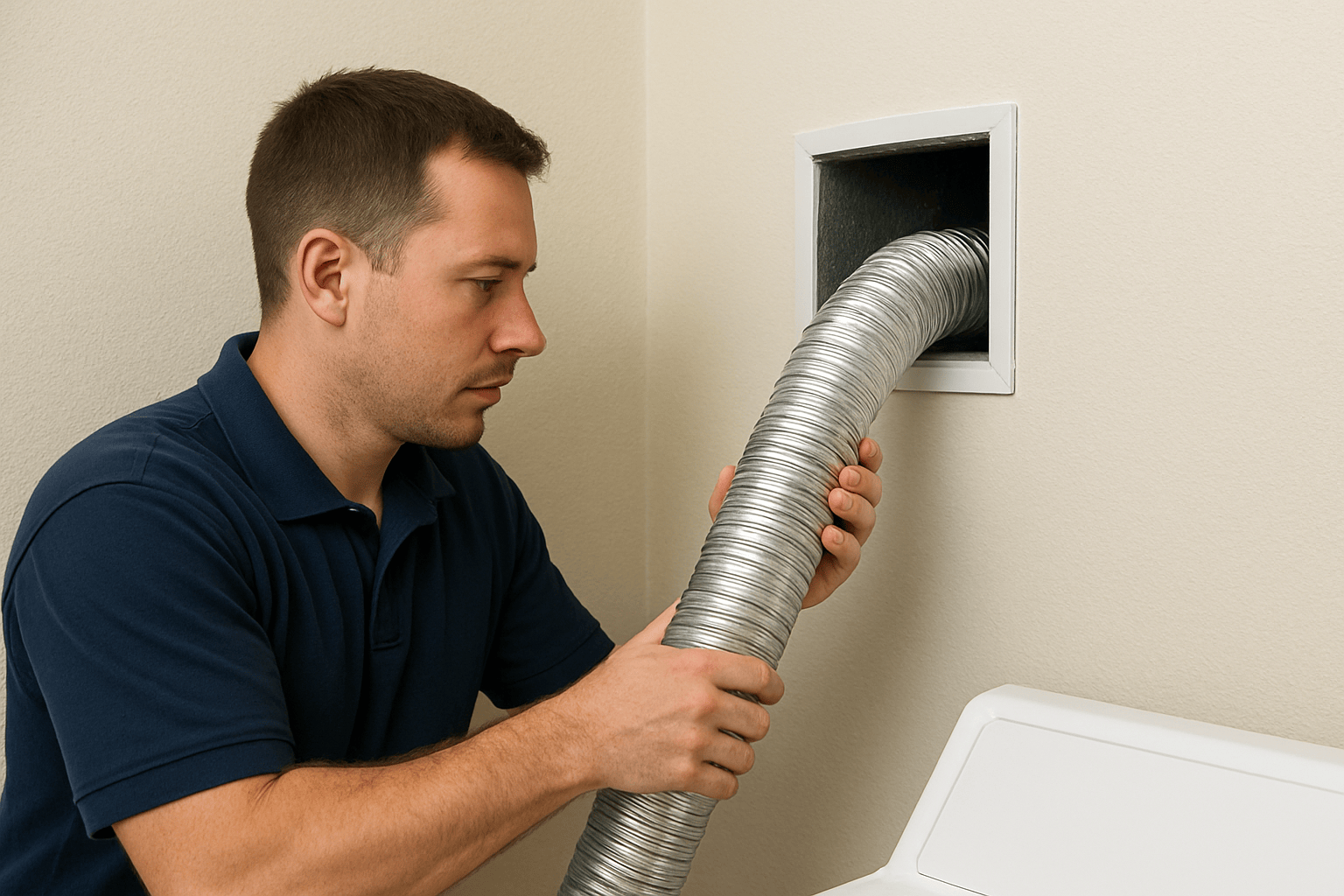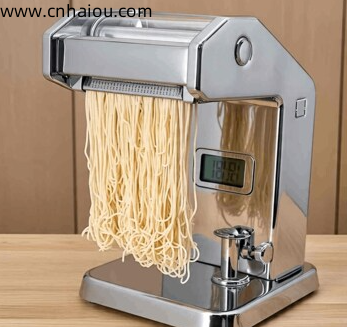Why Is Flex Hose Not Ideal for Dryer Vent Installation?

Choosing the right hose for a dryer vent installation is critical to ensure safety, efficiency, and compliance with building standards. While flexible hoses may appear convenient due to their ease of use, they are often a poor choice for venting dryers. Their thin material, uneven interior surface, and tendency to sag can cause serious airflow restrictions, leading to longer drying times, higher energy consumption, and even fire hazards. Understanding the limitations of flexible hoses and the benefits of proper vent materials is essential for homeowners seeking a safe and durable setup Dryer Vent Hose Installation.
Why Does the Choice of Vent Hose Material Matter?
The material and design of a dryer vent hose determine how effectively air, lint, and moisture are exhausted from the dryer. Flex hoses, typically made from plastic or thin foil, tend to compress, kink, and trap lint. Over time, this buildup reduces airflow and can overheat the dryer motor. In contrast, rigid metal ducts provide smooth airflow and resist crushing, maintaining consistent ventilation. Improper hose material not only compromises performance but also poses safety risks. Plastic hoses, for instance, can melt or ignite under high temperatures. Most building codes now prohibit plastic and foil flex hoses for permanent installations. Using a rigid or semi-rigid metal duct ensures safe air movement, prevents lint accumulation, and aligns with fire safety regulations.
What Are the Common Problems with Flex Hose Installations?
The primary issue with flexible dryer vent hoses is airflow restriction. Their accordion-style design creates ridges that easily collect lint, reducing exhaust efficiency. Over time, lint accumulation can block the duct completely, posing a serious fire hazard. Another common problem is improper installation flex hoses are often stretched or sharply bent, causing kinks that slow airflow. Many homeowners also use hoses that are too long or unsecured, allowing air leaks into walls or laundry spaces. These leaks can cause moisture buildup, leading to mold growth or wall damage. In homes with gas dryers, poor venting may even allow carbon monoxide to seep indoors. Additionally, flex hoses degrade quickly due to heat and vibration, leading to frequent repairs or premature replacement. The thin material can tear, detach from clamps, or fail under high pressure, creating ongoing maintenance issues.
What Key Benefits Come from Using Proper Vent Materials?
Switching from a flexible hose to a rigid or semi-rigid metal duct offers numerous advantages. Metal ducts maintain their shape, allowing consistent air pressure and efficient exhaust flow. This helps the dryer work faster, reducing drying time and electricity costs. Proper ducting also minimizes lint buildup, significantly lowering the risk of dryer fires. Because metal ducts resist crushing and are easier to clean, they last longer and require less maintenance. Another benefit is compliance with national and local building codes, which helps homeowners avoid safety violations during inspections. Rigid ducts also support proper dryer vent connection with secure clamps and metal foil tape, reducing air leaks and improving energy efficiency.
How Does the Cost Breakdown Typically Compare?
Although flexible hoses are inexpensive initially, they often lead to higher long-term costs due to frequent replacement, cleaning, or potential fire damage. The table below compares common materials and related installation expenses.
|
Type of Vent Hose or Duct |
Estimated Cost Range (USD) |
Notes / Conditions |
|
Flexible Foil or Plastic Hose |
$10 – $30 |
Low cost but unsafe for permanent installations |
|
Semi-Rigid Aluminum Duct |
$25 – $75 |
Suitable for short, accessible connections |
|
Rigid Metal Duct (Galvanized or Aluminum) |
$50 – $150 |
Most durable and recommended for safety |
|
Installation Labor (Professional Service) |
$100 – $250 |
Includes setup, sealing, and wall or exterior venting |
|
Dryer Vent Cleaning or Inspection |
$80 – $180 |
Advised annually for optimal airflow |
Disclaimer: Costs vary by region, materials, and installation complexity. Professional services are recommended to ensure proper duct routing and compliance with safety standards.
What Key Features Should You Look for in a Dryer Vent System?
A well-designed dryer vent setup includes several key features that promote safety and efficiency. The vent duct should be smooth-walled and rigid to minimize lint accumulation. All connections must be sealed with UL-approved metal tape rather than duct tape, which deteriorates under heat. The system should include a secure exterior vent cover to prevent debris or pests from entering while allowing unrestricted exhaust flow. Proper clamps or connectors are vital to secure joints and prevent leaks. The vent should also be appropriately sized, typically 4-inch in diameter, with minimal bends to maintain efficient airflow. Adequate clearance behind the dryer ensures that the hose does not compress against the wall, maintaining a direct path for exhaust. Professionals emphasize that a proper dryer vent setup includes easy access for maintenance and compliance with local fire codes.
“The safest dryer vent system is one that’s smooth, short, and made of metal it allows air to move freely and lint to stay out.”
Why Is Flex Hose Still Common Despite Its Risks?
Flex hoses remain common because they are cheap, easy to install, and widely available at hardware stores. Many homeowners and even some installers use them as quick fixes, especially when dryers are located close to an exterior wall. However, convenience should not outweigh safety. While these hoses might be acceptable for temporary setups or short-term connections, they are not suited for long-term or concealed installations. The flexible material deteriorates faster and requires frequent monitoring to prevent clogs or leaks. In comparison, rigid metal ducts provide a one-time investment that ensures lasting safety and better airflow.
What Problems Can Occur If Flex Hoses Are Used Improperly?
If a flex hose is used instead of a rigid duct, several issues may arise. Excessive heat can warp or melt the hose, while lint trapped inside increases the risk of ignition. Improper vent routing can lead to air leakage, forcing hot, moist air back into the laundry room or interior walls. This trapped moisture can cause drywall damage, mold, and unpleasant odors. Additionally, long flexible hoses can reduce airflow to the point that dryers overheat or shut off prematurely. In some cases, these problems may void appliance warranties or fail home inspections. Correct venting requires durable materials, proper connections, and regular cleaning to ensure consistent airflow and safety.
FAQS
Can I use flexible foil or plastic hoses for my dryer?
They can be used temporarily, but they are not recommended for permanent installations due to fire and airflow concerns.
What type of duct is best for dryers?
Rigid or semi-rigid metal ducts are the safest and most efficient options for long-term use.
How long should a dryer vent duct be?
Ideally less than 25 feet, including bends. Each 90-degree turn reduces airflow efficiency.
Can I install the vent hose myself?
Yes, for simple setups. However, professional installation ensures proper sealing, correct vent routing, and safety compliance.
How often should the vent system be cleaned?
At least once per year, or more frequently if the dryer is used heavily.
Does replacing a flex hose reduce fire risk?
Yes. Switching to a rigid metal duct greatly minimizes lint accumulation and overheating, improving overall safety.
Conclusion
Flex hoses may seem like a convenient option for connecting dryers, but their design poses significant safety and performance risks. They trap lint, restrict airflow, and degrade faster than rigid ducts, making them unsuitable for long-term use. A proper dryer vent hose installation using rigid or semi-rigid metal ducts ensures optimal airflow, energy efficiency, and compliance with safety codes. Investing in the correct materials and professional installation protects your home, improves dryer performance, and prevents potential fire hazards. In the end, choosing the right vent system is not just about convenience, it's about long-term safety and reliability.
Read More: Dryer Vent Cleaning Houston






